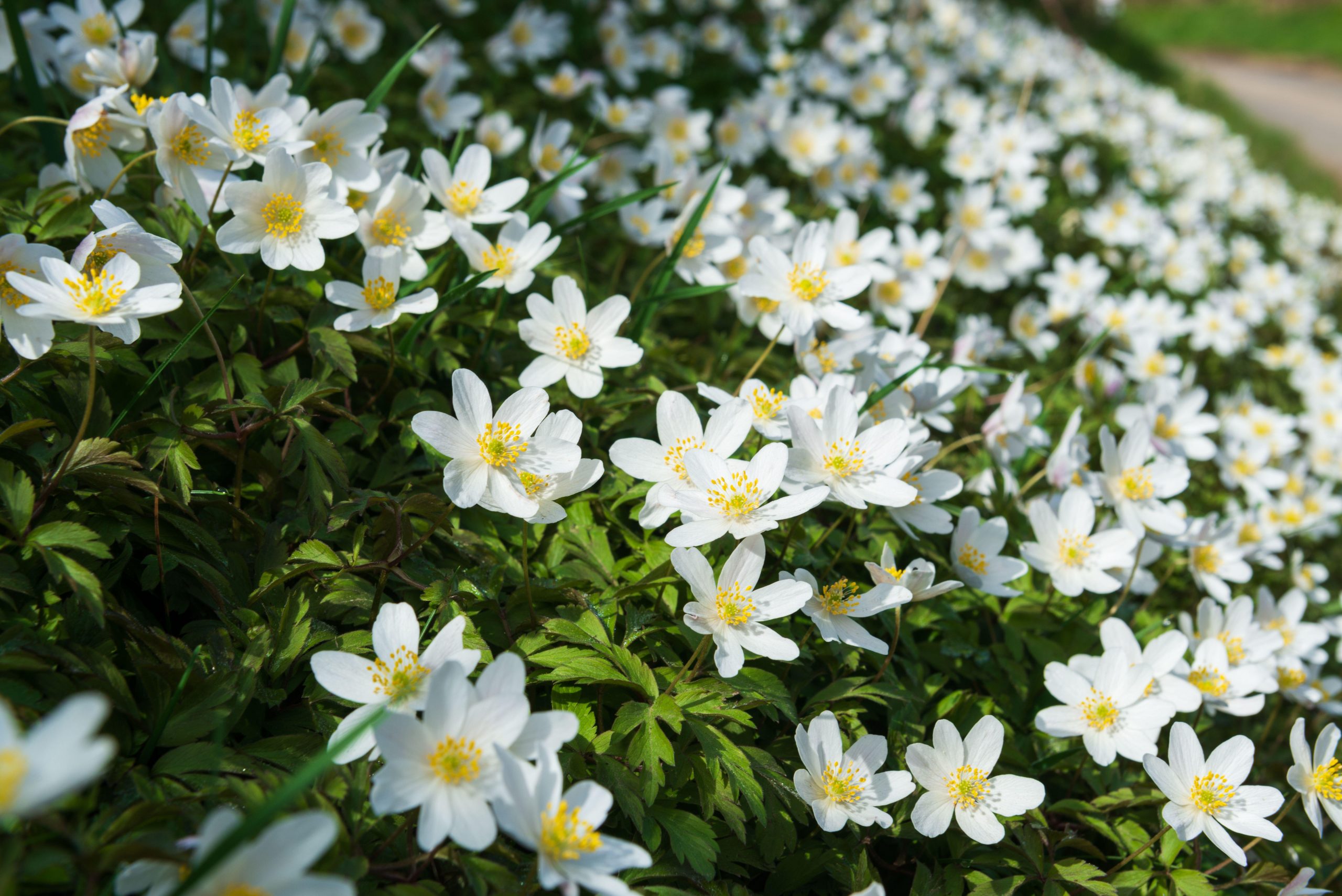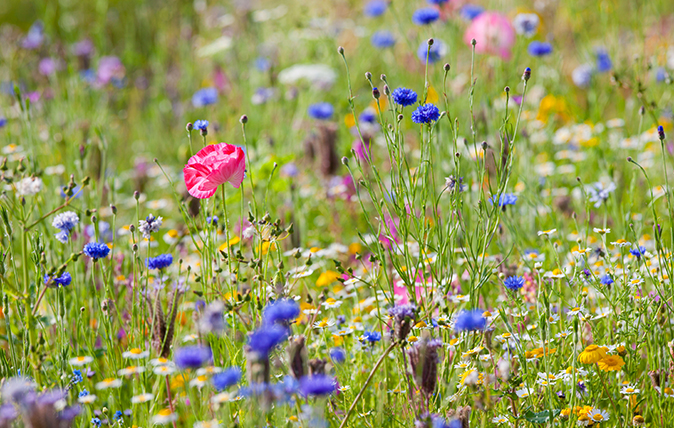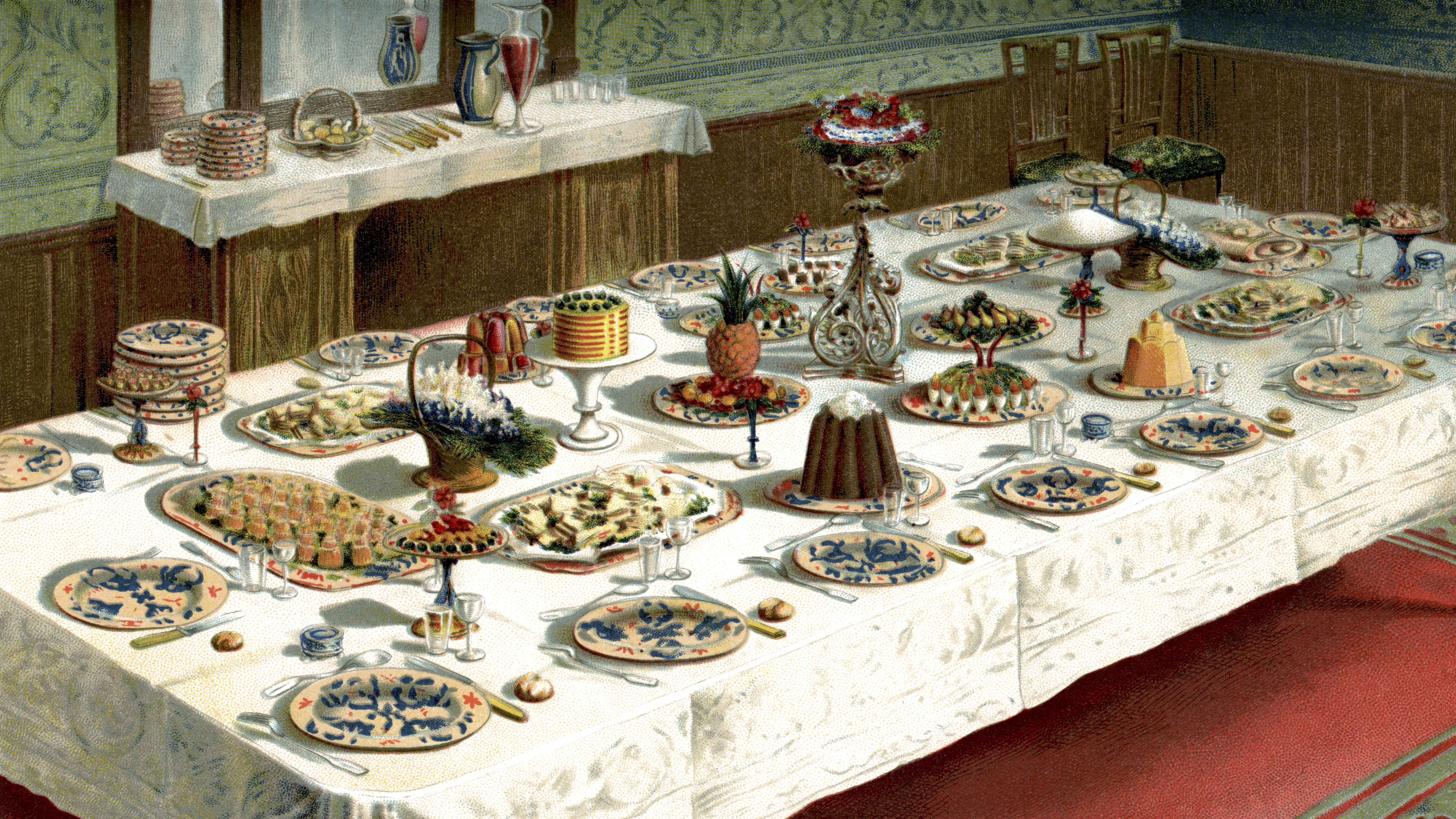Wood anemones: The sun worshipping wildflowers that spread that a glacial pace
Country mouse wanders through the bluebells.


Sheets of white wood anemones carpet the woodland floor beside the wild garlic and the bluebells. It’s a mad dash for these delightful, simple flowers — one of the most delicately pretty of the wildflowers of Britain — as they need to have flowered and wrapped up their year before the leaf canopy closes. Also known as the wind-flower, granny’s nightcap and, delightfully, moggie nightgown, it forms a perfect palette of colour to light up the bluebells.
The wood anemone is a faithful indicator of ancient woodland and meadows as it spreads at an astonishingly slow pace through its root structure — no more than six feet every century. It’s a sun worshipper, with the flowers drooping in damp weather and at night to protect the pollen. Some areas have purple or purple-streaked petals, such as Wayland Wood in Norfolk, setting of the Babes in the Wood legend.
Despite spending much of the first 40 years of my life on the back of a horse, eventing, hunting and point-to-pointing, my most serious injuries have occurred while fishing. Last week, as I was retrieving a fly from an alder bush, I tore a muscle to add to my other piscatorial mishaps, but received no sympathy from the River Itchen, who was in a contrary mood, keeping her trout to herself. She did, however, look exceptionally beautiful and I will soon be back to test her mood again.

A simple guide to the wildflowers of Britain
At long last Spring seems to be here — and with it, the natural flora that give so much pleasure.
Exquisite houses, the beauty of Nature, and how to get the most from your life, straight to your inbox.
Mark grew up in the Cotswolds and began his career as a gold prospector. He became editor-in-chief of Country Life in 2006, having previously been in charge of more than 50 magazines, including Horse & Hound. He attributes his success to David Bowie and fly-fishing.
-
 Four festive recipes from the Country Life Archive that have (thankfully) fallen out of favour
Four festive recipes from the Country Life Archive that have (thankfully) fallen out of favourEvery Monday, Melanie Bryan delves into the hidden depths of Country Life's extraordinary archive to bring you a long-forgotten story, photograph or advert.
-
 What is everyone talking about this week: (Whisper it) is smoking back?
What is everyone talking about this week: (Whisper it) is smoking back?You’d be forgiven for thinking that young people are a bunch of mopes, who refuse to drink, go dancing or have sex and are ruining British nightlife for all — but you're wrong, says Will Hosie.
